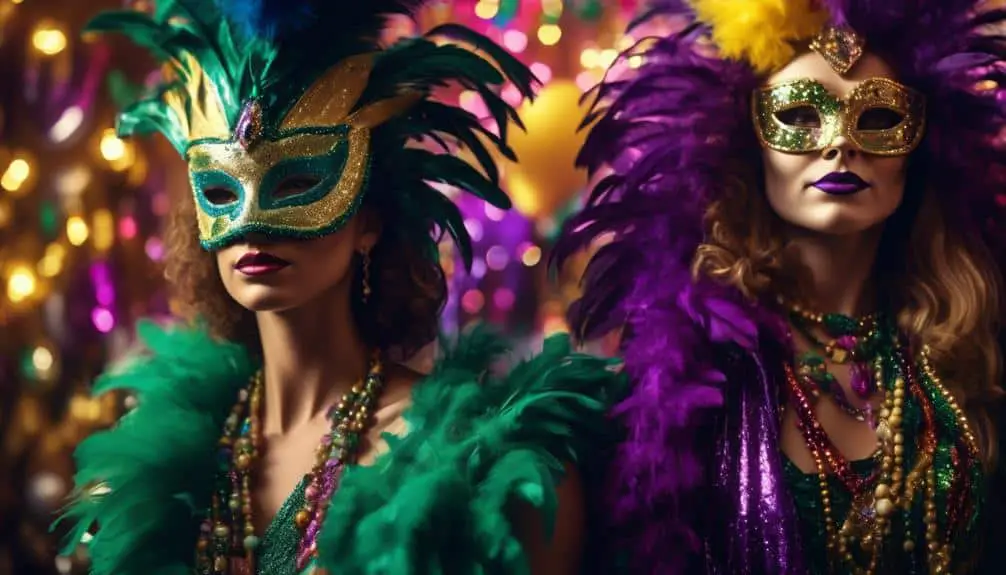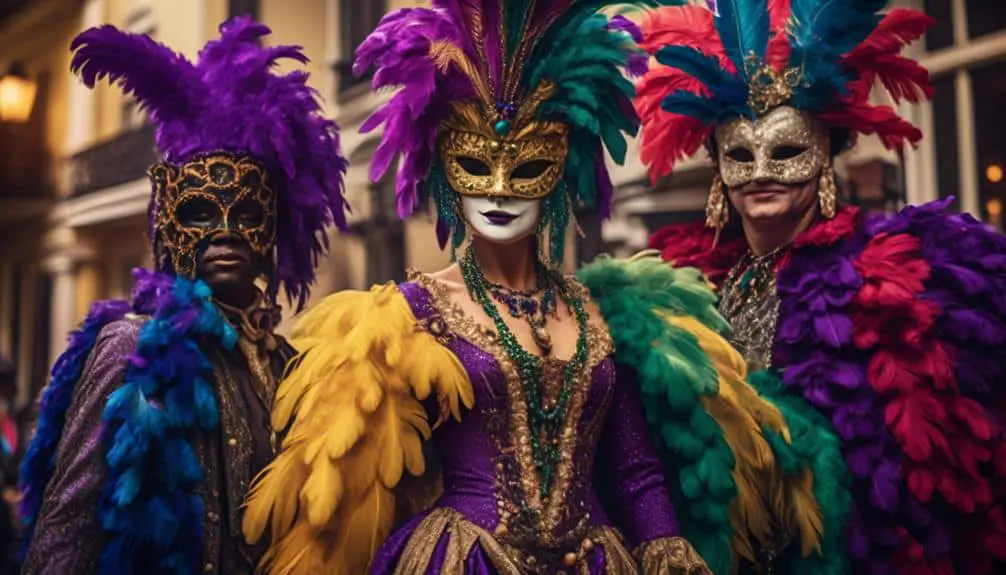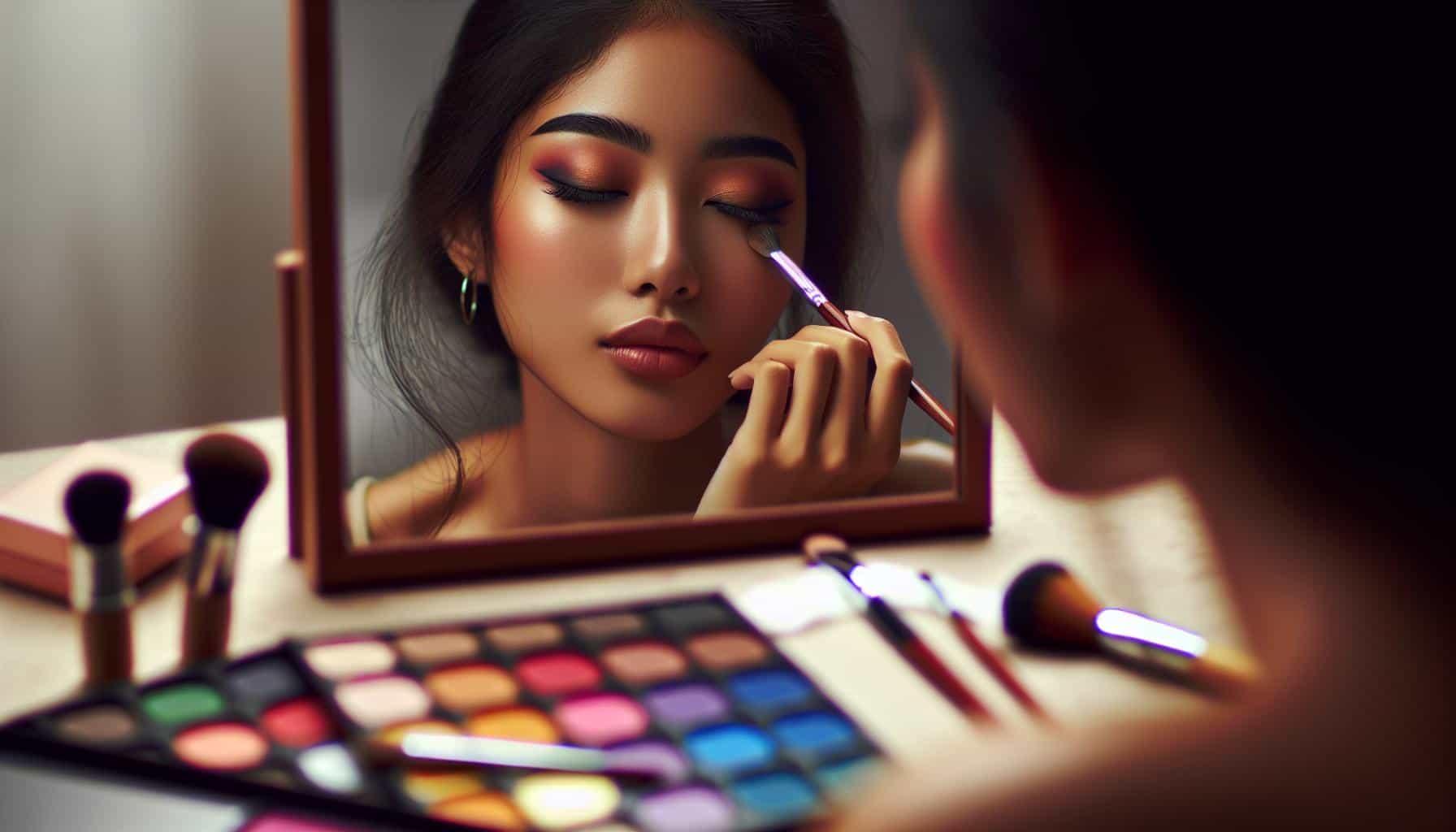Understanding the Basics of Eyeshadow
Diving into the world of eyeshadows can be as thrilling as it is daunting. The key is to start with baby steps and gradually build your way up to more complex looks.
First and foremost, familiarize yourself with the types of eyeshadows available. Essentially, you’ll find them in four main forms: powder, cream, pencil, and liquid. Each has its distinct advantages and best use scenarios:
- Powder is the most common and great for blending.
- Cream eyeshadows offer a more intense color payoff and work well for a simple swipe of color.
- Pencil and liquid forms are perfect for defining the eye with sharp lines or more fluid shapes.
Next, understanding the color theory behind eyeshadow can be a game changer in enhancing your natural eye color. Here’s a quick guide:
| Eye Color | Complimentary Eyeshadow Colors |
|---|---|
| Brown | Gold, Blue, Green |
| Blue | Copper, Bronze, Peach |
| Green | Purple, Mauve, Rust |
| Hazel | Emerald, Gold, Brown |
Remember, this table is just a starting point. Don’t be afraid to experiment with colors outside these recommendations to discover what complements you best.
“The right eyeshadow can turn your eyes into a masterpiece.”
Finally, master the art of blending. Blending is what makes your eyeshadow look seamless and professional. Start with lighter shades and gradually add darker colors, ensuring to blend thoroughly between applications. A well-blended eyeshadow can elevate your look from amateur to artist with just a few strokes.
Choosing the Right Eye Primer

Before you dive into the beautiful world of eyeshadows, it’s crucial to understand the foundation of any great eyeshadow look: eye primer. This seemingly simple product can make or break your makeup look. It’s not just a base; it’s the secret to long-lasting, vibrant eye makeup.
Eye primer works by creating a smooth canvas for your eyeshadow, enhancing its color payoff and preventing it from fading or creasing throughout the day. But, with so many options available, how do you choose the right one for you?
“The right eye primer can transform your eyeshadow from flat to fabulous. Think of it as the glue that keeps everything intact.” – Makeup Maven
First, consider your skin type. If you have oily eyelids, look for primers that offer mattifying properties. Dry or sensitive skin? Opt for a nourishing, hydrating primer to prevent the eyeshadow from looking flaky.
| Primer Type | Best For | Key Benefit |
|---|---|---|
| Mattifying | Oily Lids | Prevents creasing and fading |
| Hydrating | Dry/Sensitive Skin | Enhances smoothness |
| Color-Correcting | Uneven Skin Tones | Evens out eyelid discoloration |
| Tinted | Amplifying Color Payoff | Boosts eyeshadow color |
Additionally, tinted primers can enhance the vibrancy of your eyeshadow, whereas color-correcting primers help neutralize discolorations on the eyelids, providing a more uniform color to work with.
Remember that the best primer is one that suits your unique needs. Don’t be afraid to experiment with different types until you find your perfect match. With the right eye primer, your eyeshadow will not only look better but will also last from day to night, allowing you to step out in confidence, knowing your eye makeup is flawless.
Selecting the Perfect Eyeshadow Shades for Your Eye Color
When diving into the exciting world of eyeshadows, color selection can make or break your look. The right shades can enhance your natural beauty, making your eyes pop and sparkle in ways you’ve never seen before.
Remember, there are no strict rules in makeup. It’s all about what makes you feel confident and beautiful. However, a bit of guidance can help you start on the right foot. The idea is to find colors that contrast with your eye color to make them stand out. Here’s a quick guide:
| Eye Color | Complimentary Eyeshadow Colors |
|---|---|
| Blue | Warm oranges, bronzes, and peaches |
| Green | Purples, mauves, and deep greens |
| Brown | Cool blues, teals, and purples |
| Hazel | Golds, greens, and browns |
Pro Tip: “For a subtle look, choose shades slightly darker or lighter than your eye color. For a bold statement, opt for high contrast colors.”
Experimenting is key. Start with more subdued tones and gradually introduce brighter or darker shades to discover what compliments your eyes and skin tone best. Don’t shy away from mixing and matching textures as well. A combination of matte and shimmer can add depth and dimension to your look.
In addition to color, pay attention to the undertone of your skin. Cooler undertones can be enhanced with shades having a blue or green base, while warmer undertones pair beautifully with eyeshadows that have a red or orange base.
Finding the perfect eyeshadow shades is a journey of experimentation. Keep playing with different colors and finishes to discover what works best for you.
The Art of Blending: Tips and Techniques
Mastering the art of blending is crucial if you want your eyeshadow to look seamless and professional. Here’s how you can perfect your blending technique, ensuring your eye makeup stands out for all the right reasons.
First thing’s first: invest in quality brushes. A set of good brushes makes a world of difference when it comes to blending eyeshadow. Here are the must-haves for your makeup bag:
- Fluffy blending brush: Ideal for softening and blending out colors
- Tapered blending brush: Perfect for precise application in the crease
- Flat shader brush: Best for applying color to the lid
“The right tools are half the battle in achieving flawless eyeshadow.”
Mastering the Motion
The key to blending is using the right motion. Use a light hand and opt for small, circular motions or windshield wiper movements to seamlessly blend colors together. It’s all about building color gradually and blending as you go to avoid harsh lines.
Color Transition is Key
For a multi-dimensional look, start with lighter colors and gradually work your way to darker shades as you move towards the outer corner of the eye. Here’s a basic guide on color transition:
| Position | Color Intensity |
|---|---|
| Inner corner | Lightest |
| Middle of lid | Medium |
| Outer corner | Darkest |
Remember, blending should take you the longest. Rushing this step will show, so take your time and enjoy the process of creating a beautifully blended eyeshadow look.
Creating a Subtle Everyday Eyeshadow Look
Creating a subtle everyday eyeshadow look is all about mastering the art of understatement. You’ll want to start with a clean, primed eyelid to ensure your eyeshadow sticks throughout the day. A light, neutral base color is key for brightening the eye area and setting the stage for additional colors.
For this look, stick to three main colors: a base, a medium shade, and a highlighter. Here’s a quick guide to choosing these shades based on your eye color:
| Eye Color | Base | Medium | Highlighter |
|---|---|---|---|
| Blue | Soft Peach | Warm Taupe | Champagne |
| Green | Beige | Muted Mauve | Pearl |
| Brown | Cream | Soft Brown | Light Gold |
| Hazel | Light Pink | Golden Brown | Sparkling Nude |
After applying the base color all over the lid, use the medium shade in your crease to add depth. This shade should complement your eye color and be blended thoroughly to avoid any harsh lines.
Tip: “When in doubt, blend it out. The key to a subtle look is seamless transitions between colors.”
Finish the look with a touch of the highlighter shade on the inner corners of your eyes and your brow bone. This not only brightens the eyes but gives an illusion of a more awake and fresh look.
Remember, less is more for a daily look. You’re aiming to enhance your natural beauty, not overpower it. Experiment with different shades within these guidelines to find what works best for you.
Mastering Dramatic Nighttime Eyes
When you’re ready to take your eyeshadow game to the next level for an evening out, mastering the dramatic nighttime look is a must. This requires a bit bolder and darker shades than what you’d typically use during the day. Think deep purples, striking golds, or even a classic smoky eye. The key here is contrast and depth to make your eyes truly pop under low light conditions.
Choosing Your Palette
Your first step is to select a palette that offers a range of shades from light to dark. This will allow you to create layers of color that add intensity and dimension to your look. Here’s a quick guide to help you get started:
| Eye Color | Base Color | Crease Color | Highlight Color |
|---|---|---|---|
| Brown | Gold | Deep Brown | Champagne |
| Blue | Silver | Navy Blue | Pearl |
| Green | Bronze | Forest Green | Soft Gold |
| Hazel | Taupe | Burgundy | Light Pink |
Application Techniques
Start with a primer to ensure your eyeshadow stays in place all night. Apply the base color across the lid, then use the crease color to add depth. Blend well to avoid harsh lines. A touch of highlight on the inner corners of your eyes and beneath the brow bone will elevate the entire look. For that extra dramatic effect, consider adding a glitter eyeshadow on top of your base color. Remember, blending is your best friend when it comes to creating a seamless transition between shades.
“The key to dramatic eyes lies not just in the colors you choose, but in your ability to blend them into a flawless finish.“
Experiment with different shapes and intensities to find what suits you best. Whether you prefer a winged, rounded, or halo effect, the right technique can drastically change your overall appearance and give you that stunning, dramatic flair.
Conclusion
Embarking on the journey to create the perfect smokey eye might seem daunting at first, but with the right approach, you’ll be a pro in no time. Begin by choosing eyeshadows that have a graduation of shades from light to dark. Typically, for a classic smokey eye, you’d want to have a palette that includes a light base color, a medium shade for blending, and a darker color for the dramatic smokey effect.
Here’s a quick guide to help you select your shades based on your eye color:
| Eye Color | Base Color | Medium Shade | Dark Color |
|---|---|---|---|
| Brown | Champagne | Soft Brown | Dark Brown |
| Blue | Light Gray | Muted Violet | Charcoal Gray |
| Green | Pale Beige | Taupe | Deep Plum |
| Hazel | Golden Beige | Warm Bronze | Rich Chocolate |
Start applying the base color all over your lid, followed by the medium shade to add depth. Finally, use the dark color along your lash line and outer corner, blending it outwards for that smokey effect.
Pro Tip: “For a softer look, swap the dark shade for a medium-dark hue and blend more thoroughly into the crease.”
Blending is key to mastering the smokey eye. Use a fluffy brush in a windscreen wiper motion to blend the shadows seamlessly together. Don’t forget to add a touch of highlighter to your brow bone and the inner corner of your eyes to brighten the look.
Remember, practice makes perfect. Don’t be afraid to experiment with different textures and shades to discover what best suits your style and complements your eye color.




